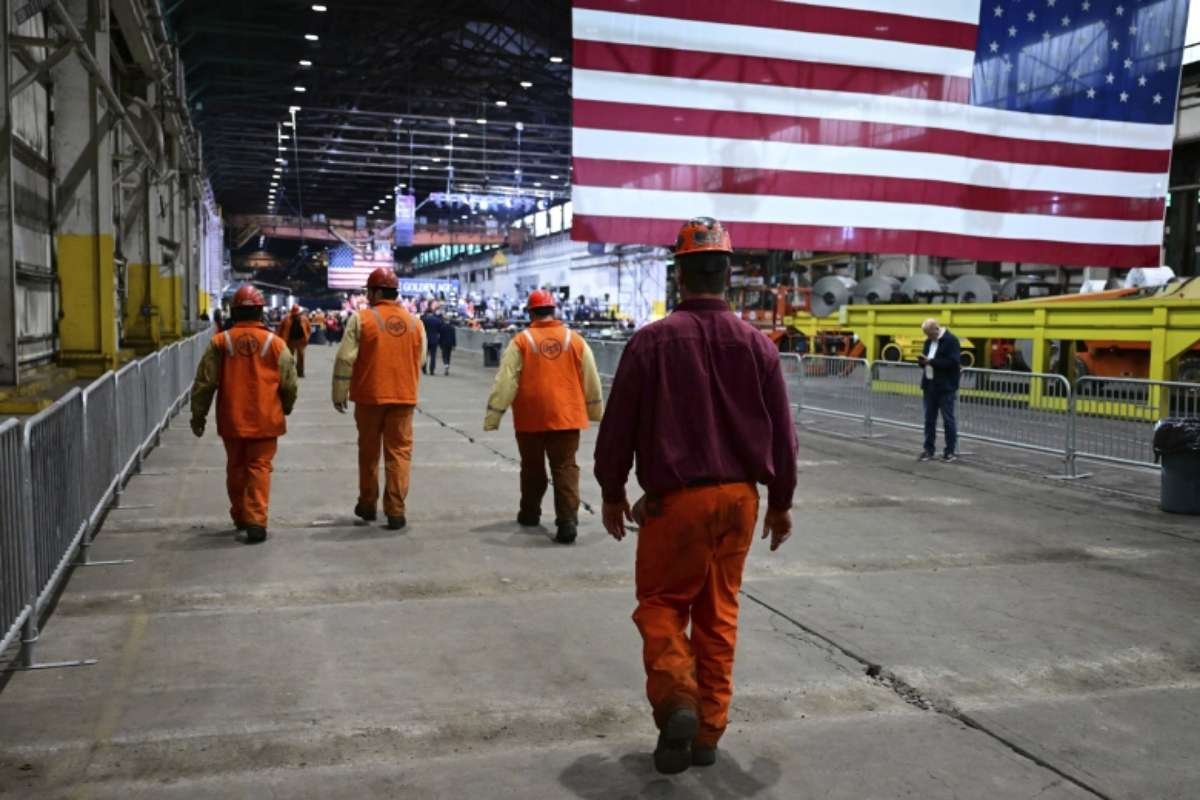The U.S. economy entering the summer of 2025 on shaky ground, following a period of resilience through past recession fears. While the labor market showed moderate strength with 139,000 jobs added in May and the unemployment rate steady between 4% and 4.2%, deeper tensions are surfacing. Behind the stable figures lie growing concerns from businesses about unpredictable trade policies and their long-term impact.
Many companies, including Kansas-based UltraSource, are freezing hiring and halting investments due to confusion over ongoing tariff changes. The company’s owner, John Starr, is currently waiting on $20 million worth of equipment from Europe, facing an unexpected $2 million tariff bill if trade duties remain unchanged. “That could wipe out profits for a year,” Starr remarked, echoing the anxiety felt across U.S. industries navigating shifting economic conditions.
Consumer Spending, Tariffs, and Market Risks Create a Fragile Balance
The strength of the U.S. economy now hinges largely on consumer behavior. While President Trump’s trade agenda aims to reduce dependence on foreign imports, it has created volatility that clouds business forecasting. Economists agree that unless consumer spending weakens significantly, a full-blown recession may still be avoided. However, warning signs are emerging, delinquency rates on debt are climbing, and the spring housing market has underperformed drastically, with a widening gap between sellers and buyers.
Three key risks are dominating the economic outlook: stagnant hiring trends, weakening consumer resilience, and potential shocks from financial markets. Companies that aggressively staffed during past booms are now reluctant to let go of employees, but any downturn in demand could trigger widespread layoffs. Meanwhile, consumers are showing signs of strain under rising prices and debt, and any surprise spikes in borrowing costs could ripple through the housing and stock markets.
Housing market data adds to the concern. According to Redfin, there are now nearly half a million more home sellers than buyers, the largest gap since 2013. Home prices may dip by 1% this year, signaling cooling demand amid economic uncertainty.
Tariff Tensions and Business Uncertainty Cloud Outlook
The unpredictability of trade tariffs remains one of the largest disruptors. Companies like Titan Steel are operating cautiously, unable to plan for the long term while price hikes loom and policies change rapidly. Steel and aluminum tariffs were recently raised from 25% to 50%, benefiting U.S. economy producers but straining manufacturers who rely on imported materials.
White House officials argue the tariffs will improve America’s global trade stance, but businesses remain skeptical. Many fear sudden changes could derail carefully negotiated deals. “Nobody is in a position to do any long-term thinking,” said Titan Steel’s president, Bill Hutton.
Though the Federal Reserve has paused further interest rate cuts amid inflation concerns, the overall economic momentum could be preserved if trade tensions ease. “If Trump calms down on tariffs, the expansion could continue for another few years,” noted Christopher Thornberg of Beacon Economics. “But if the turmoil continues, a downturn could come as early as next year.”
Visit Enterprise Wired for the Most Recent Information.










